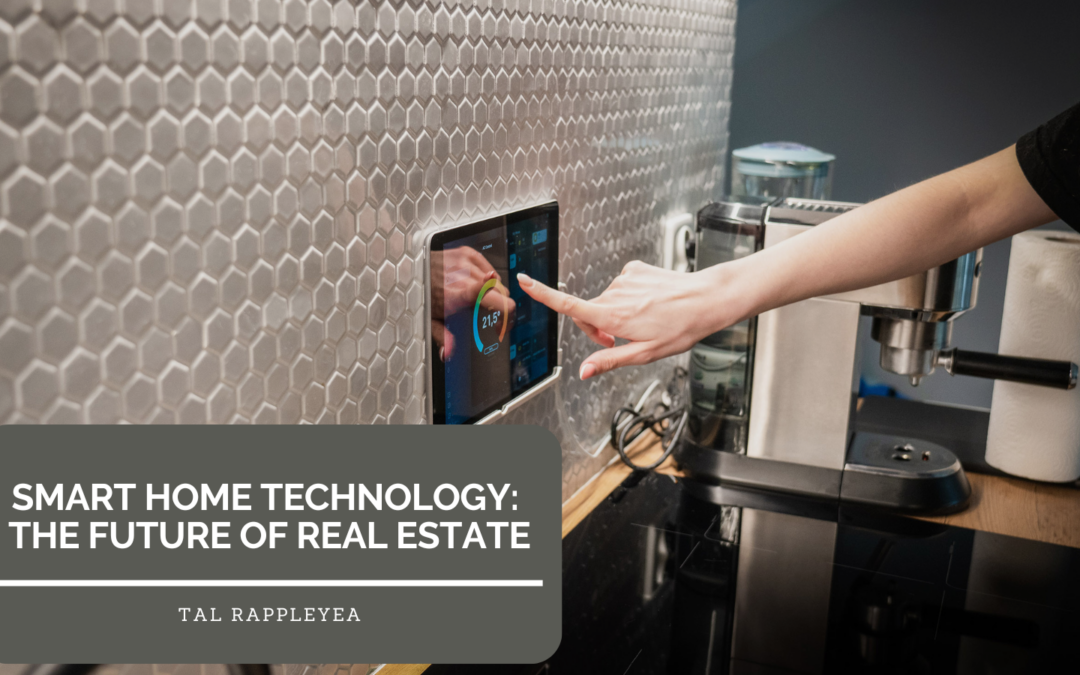The integration of smart home technology is revolutionizing the real estate market, creating homes that are more efficient, secure, and convenient than ever before. This transformation is not just about gadgets – it’s about creating living spaces that adapt to our needs and lifestyle while potentially increasing property values.
Smart security systems have become increasingly sophisticated, offering features like facial recognition, remote monitoring, and integration with other home systems. These systems provide peace of mind through real-time alerts, video doorbells, and smart locks that can be controlled from anywhere in the world. The ability to monitor and secure your home remotely has become a significant selling point for modern buyers.
Energy management systems represent another crucial aspect of smart home technology. Smart thermostats learn your preferences and adjust temperatures automatically, potentially reducing energy costs by 10-15% annually. Smart lighting systems can be programmed to match your daily routine, while automated blinds can help optimize natural light and temperature control.
Voice-controlled home assistants have evolved from novelty items to central hubs for home automation. These devices can control everything from entertainment systems to appliances, creating a seamless living experience. The convenience of voice commands for tasks like adjusting lighting, playing music, or checking weather has become increasingly appealing to homebuyers.
Smart appliances are transforming daily tasks through features like remote monitoring and automated maintenance alerts. Refrigerators can track grocery lists and suggest recipes, while washing machines can optimize water usage and alert you when cycles are complete. These innovations not only save time but can also reduce utility costs and extend appliance life spans.
The impact on property values cannot be ignored. Homes equipped with smart technology often command higher prices and sell faster than comparable properties without these features. However, it’s important to choose systems that will remain relevant and compatible with future technologies.
